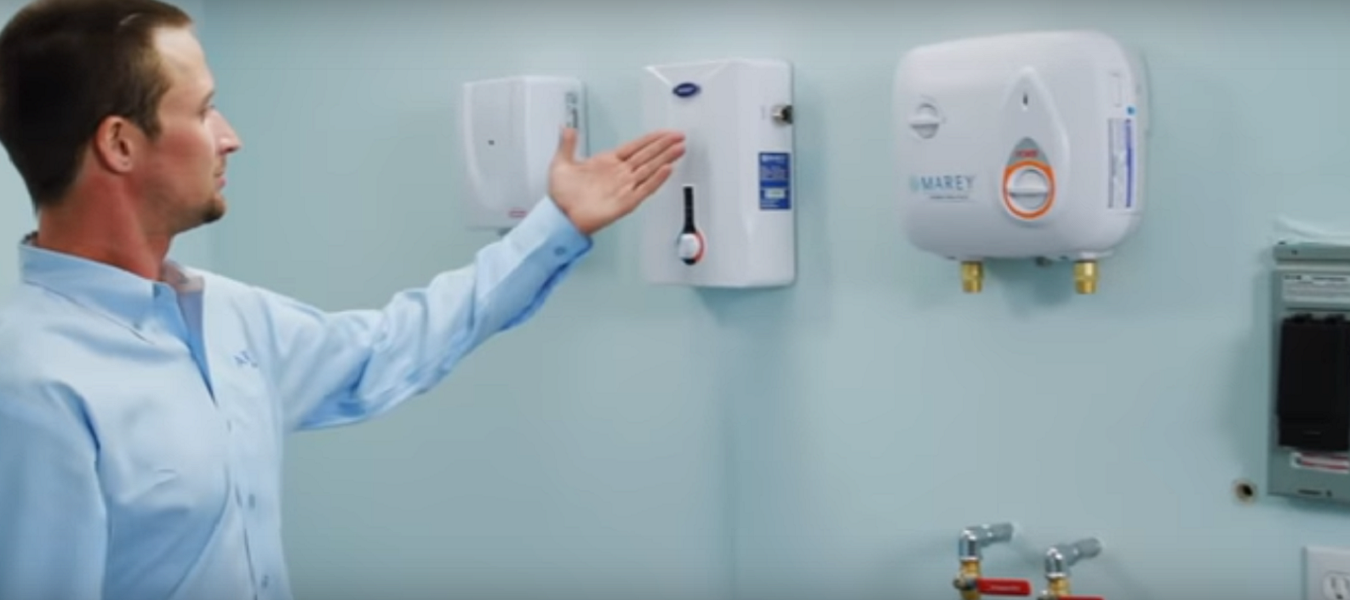Cold Water Not Coming Out Of The Shower
With the approaching summer, you would definitely want to enjoy long soothing cold showers. Even when the temperature drops considerably, a scalding hot shower is the last thing that you would want. This problem is quite common and searching for an experienced plumber near me will fix the issue altogether.
Reasons Why There Is No Cold Water Supply In Your Shower
When you have no supply of cold water in your shower, you may immediately call an emergency plumber to find the root cause of the problem along with a solution to it. But before that, you should check whether the issue is restricted to your shower only or whether the other faucets in the kitchen and bathroom also have the same problem. If it is the issue with the entire building, it’s likely that the shut-off valve has been turned off by any chance. When this happens, simply turning it on will fix the problem.
But there can be more serious implications when cold water is not coming from your shower. Possible reasons include leaks and blockages that may deliver a very weak supply of cold water. Thus, it’s necessary to find the reasons so that you can try solving the problem yourself and not always look for the best plumber near me.
- The Pressure Balancing Valve Needs To Be Replaced
If you find that no cold water is coming out of a particular shower while all other faucets are running well, then it’s likely that the pressure-balancing valve is out of order. The valve is present within the shower head and it may not be possible for a layperson to check it. The function of the valve is to regulate the pressure and balance the hot and cold water while it comes out of the shower head. If this is the case, you can have a plumber Carlsbad replace it.
- The Shower Has Accumulated Corrosion Or Mineral Build-Up
If you don’t use your shower regularly, chances are it will give way to mineral deposits and corrosion. Over time, it may cause the pressure balancing valve to corrode and malfunction. Sometimes the deposits become too pronounced to allow cold water to reach the shower head. When this happens, the cartridge needs to be replaced. This will help restore the balance of hot and cold water in the shower.
- Leaks Or Frozen Pipes
If there is leakage in the main pipeline, it may stop the flow of cold water to your shower. You have to trace the entire length of the pipe running through your house to see if there is any evidence of leaks. For people living in colder climates, a frozen pipe is another issue that could stop the flow of cold water to the shower. If it has become completely solid the ice may have damaged the pipeline or the tap and when to try thawing it, it could result in unwanted leaks. Search for an emergency plumber and solve the issue without any delay.
…
